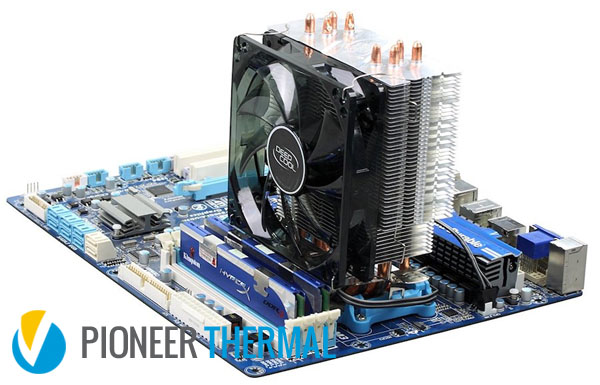When the CPU is working, it will generate a lot of heat. If the heat is not dissipated in time, it will cause a crash in the slightest, and may burn the CPU in the severest case. The CPU cooler is used to dissipate heat for the CPU, which is very important for the stable operation of the CPU. play a decisive role. The CPU coolers on the market can be divided into air-cooled radiators, heat pipe coolers, and water-cooled coolers. Consumers can choose according to actual needs.

Classification of CPU cooler
1. Air-cooled radiator
Air-cooled radiator This is the most common type of radiator now, including a cooling fan and a heat sink. Its principle is to transfer the heat generated by the CPU to the heat sink, and then take the heat away through the fan. It should be noted that, Different types and specifications of CPUs use different radiators. For example, AMD CPUs and INTEL CPUs use different radiators, and INTEL 478-pin CPUs use different radiators than INTEL 775-pin CPUs.
2. Heat pipe Cooler
Heat pipe radiator is a heat transfer element with extremely high thermal conductivity. It transfers heat through the evaporation and condensation of liquid in a fully enclosed vacuum tube. Most of these fans are "air-cooled + heat pipe" and have both air Advantages of cold and heat pipes, with extremely high heat dissipation.
3. Water-cooled Cooler
The water-cooled cooler is driven by the pump to force the circulation of the liquid to take away the heat of the radiator. Compared with the air-cooled radiator, it has the advantages of quietness, stable cooling, and less dependence on the environment.


 +86-18902844286
+86-18902844286
 E-mail
E-mail
